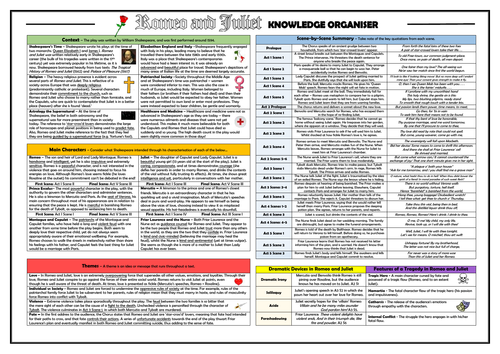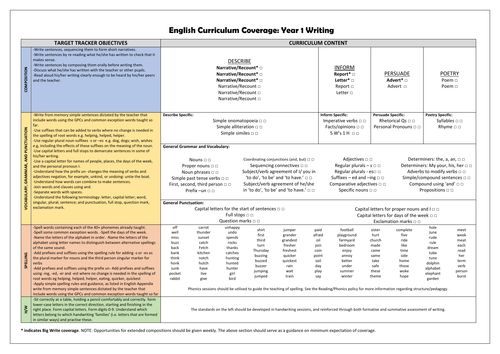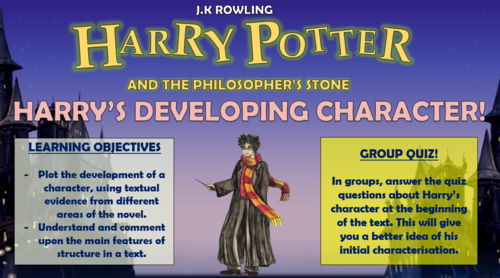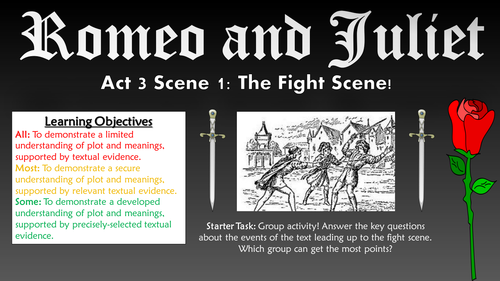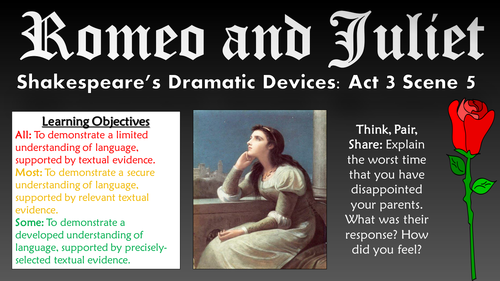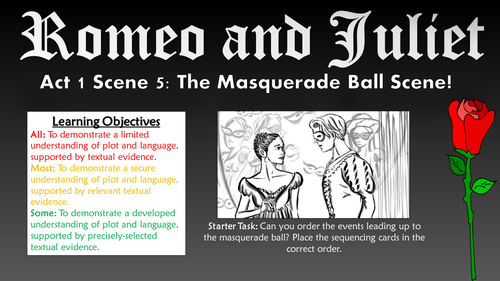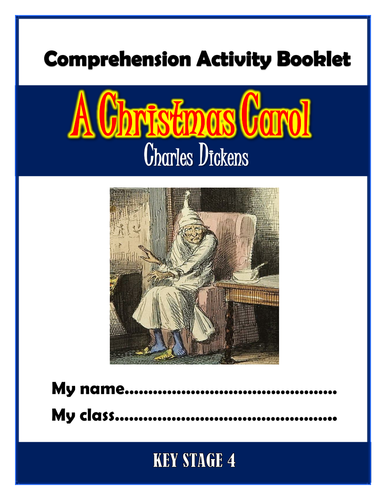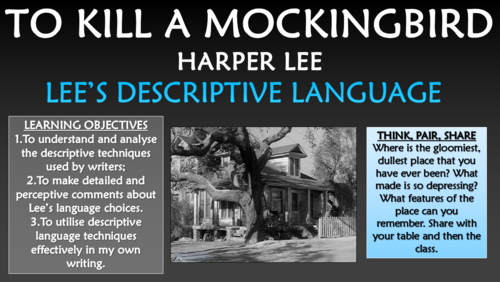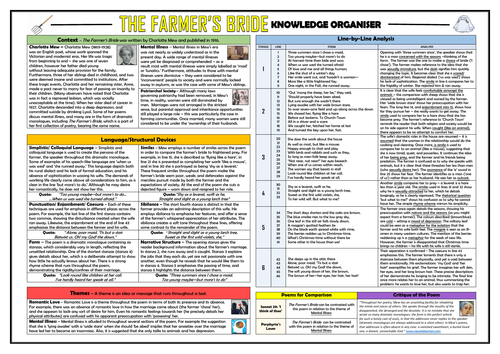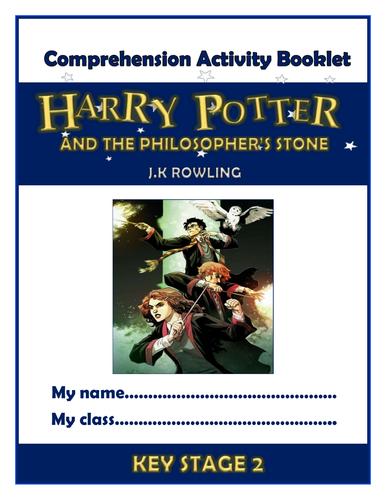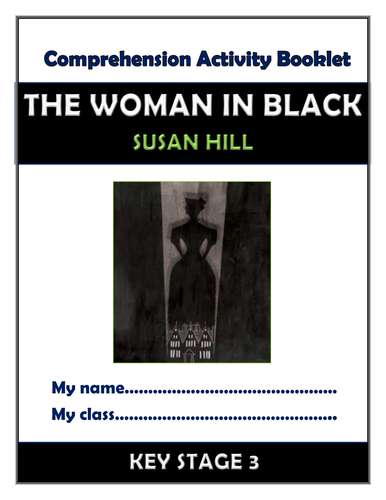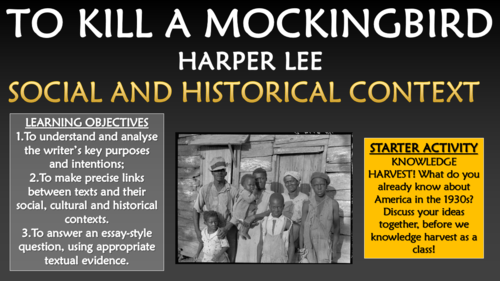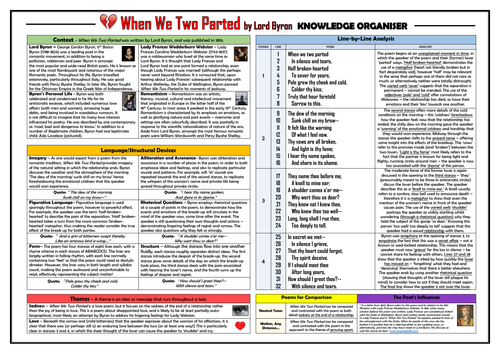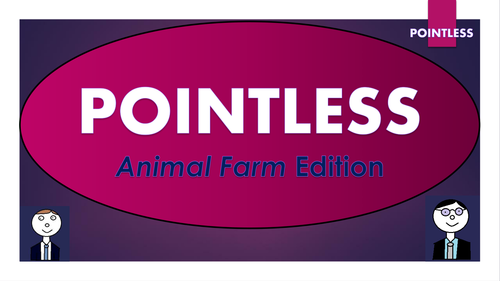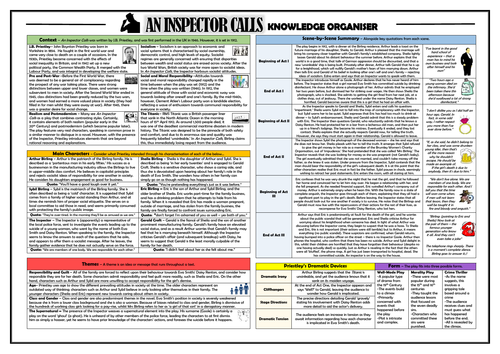
3k+Uploads
1898k+Views
2231k+Downloads
Languages
Bundle Sale

The Huge History Knowledge Organisers Bundle!
These clear, detailed and visually-appealing resources offer a complete reference point for students learning or revising knowledge relating to a wide range of history topics, including:
The Ancient Egyptians
The Ancient Greeks
The Vikings
The Romans
The Victorians
The Aztecs
Baghdad c.900AD
World War I
World War II
Tudors and Stuarts
The Great Fire of London
Anglo-Saxons
The Holocaust
The Cold War
Each organiser contains a number of comprehensive sections to guide learning and revision including:
Overviews of the era;
Annotated maps/ diagrams;
Timelines;
Rulers/ Emperors/ Prominent People;
Daily Life at the time;
Important facts/ dates
The resources are designed to be printed onto A3, and are provided as both PDF and Word versions (so that you can edit if you want to). All images used are licensed for commercial use and are cited on a separate document (included). The knowledge organisers may be used for students of all ages, but are most suitable for children in upper KS2 and lower KS3.

Romeo and Juliet Knowledge Organiser/ Revision Mat!
This detailed and visually-appealing resource offers a complete reference point for students learning or revising William Shakespeare's 'Romeo and Juliet.' It contains comprehensive sections on:
- Context;
- Scene by Scene Summary (with quotes);
- Main Characters;
- Themes;
- Dramatic Devices;
- Features of Tragedy.
Key words and ideas are underlined for easy reference. The resource is designed to be printed onto A3, and is provided as both a PDF and a Word version (so that you can edit if you want to). All images used are licensed for commercial use and are cited on a separate document (included).

Year 1 Writing Curriculum Coverage Checklist!
This checklist provides an academic overview of the writing curriculum content to be covered in Year 1. I offered this to teachers, who marked it off as they covered individual elements of the curriculum (their aim was to ‘tick’ each element twice over an academic year). They have found it extremely useful, as it offers a useful breakdown of the curriculum statements into individual components, which are not always self-explanatory. It is broken down into Composition, Vocabulary, Grammar and Punctuation, Spelling, and Handwriting sections.
Please note that the spellings listed are indicative of the patterns to be learnt - it is not the exhaustive list. Furthermore, the composition section details our interpretation of what needs to be covered over a year, some schools vary from this. For this reason, the document is provided in Word, for easy editing. It is also provided as a PDF, to prevent formatting issues between computers.
Hope that this proves helpful to you too!

Harry Potter and the Philosopher's Stone - Harry's Developing Character!
This engaging and informative lesson enables students to understand how the lead protagonist of J.K Rowling’s Harry Potter and the Philosopher’s Stone (Harry himself) develops as a character throughout the narrative. In doing so, students learn the key structural features of the ‘Bildungsroman’ genre, and apply these to the different stages of development that Harry experiences. They then go on to design their own Bildungsroman storyboards!
The lesson follows a step-by-step learning journey, in which children learn through:
Comprehending how Harry is initially introduced to the reader;
Reading extracts from Chapters 2, 10 and 17 of Harry Potter and the Philosopher’s Stone, identifying how Harry’s character develops;
Analysing how the story fits the structure of a Bildungsroman novel, and tracking Harry’s development through the stages;
Creating a storyboard for their own Bildungsroman novel;
Self assessing their learning attempts.
Included is:
Whole lesson 30 slide PowerPoint - colourful and comprehensive;
Collated paper extracts of Chapters 2, 10, 17 of Harry Potter and the Philosopher’s Stone;
Harry’s development tracking template;
Create your own Bildungsroman novel storyboard template;
-Comprehensive lesson plan.
All resources are provided in Word (for easy editing) and PDF (to ensure formatting remains fixed between different computers).
There are also opportunities for group learning, speaking and listening, peer assessment, and whole class discussion. I originally used these resources with year 7/8 classes, however colleagues have used them for between years 3 and 10 with some adaptations.
All images are licensed for commercial use, and image rights are listed on the last page of the presentation.

Romeo and Juliet: Act 3 Scene 1 - The Fight Scene!
This interesting and engaging lesson enables students to gain a detailed understanding of the fight scene in William Shakespeare’s romantic tragedy Romeo and Juliet. Students learn to demonstrate a developed understanding of the plot and meanings throughout the scene, with the support of precisely-selected textual evidence. In particular, students consider Romeo's struggle between love and honour throughout the duration of the scene, and how social demands lead him towards his demise.
The lesson utilises a range of tasks, that require students to be attentive and interactive learners. It follows this learning journey:
- Establishing the events leading up to the fight, including a discussion regarding the characters and events that make a physical confrontation inevitable;
- Reading and interpreting Act III Scene I, interpreting and inferring the key meanings;
- Understanding the key themes throughout the scene, including Romeo's struggle between love and honour;
- More closely analysing the key meanings and developments within the scene;
- Peer/self evaluating the learning in the lesson.
Included in this resource pack are:
- A well-presented, thorough, and informative, whole-lesson PowerPoint presentation;
- Resources for the reading and interpreting activity - full scene transcript with space for notes;
- A closer analysis worksheet based upon Romeo's struggle;
- A template to help scaffold the main task, complete with P.E.E instructions;
- A challenging and thought-provoking worksheet, and an answer sheet for the teacher.
All images in this resource are licensed for commercial use, and are cited on the final slide of the lesson presentation.

Romeo and Juliet: Shakespeare's Dramatic Devices
This lesson enables students to gain a detailed understanding of the dramatic devices used by William Shakespeare in his romantic tragedy Romeo and Juliet. Students learn to demonstrate a developed understanding of features such as dramatic irony, stage directions, and puns, through analysis of precisely-selected textual evidence. The main scene analysed throughout the lesson is Act III Scene V, in which Juliet defies the orders of her parents to marry Count Paris.
The lesson utilises a range of tasks, that require students to be attentive and interactive learners. It follows this learning journey:
- Defining the key dramatic devices;
- Contextualising Juliet's behaviour in the patriarchal society of the time;
- Reading and interpreting Act III Scene V, interpreting and inferring the key meanings;
- Understanding the key themes throughout the scene, including Juliet's struggle between obeying orders and following love;
- Identifying and analysing the key dramatic devices used throughout the scene;
- Peer/self evaluating the learning in the lesson.
Included in this resource pack are:
- A well-presented, thorough, and informative, whole-lesson PowerPoint presentation;
- Resources for the reading and interpreting activity - full scene transcript with space for notes;
- A closer analysis worksheet based upon Shakespeare's dramatic devices;
- Dramatic devices definition cards;
- A template to help scaffold the main task, complete with P.E.E instructions;
- A challenging and thought-provoking worksheet, and an answer sheet for the teacher.
All images in this resource are licensed for commercial use, and are cited on the final slide of the lesson presentation.

Romeo and Juliet: Act I Scene V - The Masquerade Ball Scene!
This interesting and engaging lesson enables students to gain a detailed understanding of the masquerade ball scene (Romeo and Juliet’s first meeting) in William Shakespeare’s romantic tragedy 'Romeo and Juliet.' Students learn to make sustained and detailed inferences and interpretations in relation to the language and structures utilised by Shakespeare. The lesson also guides them through a close analysis of the figurative language used by the lovers in their opening dialogue.
The lesson utilises a range of tasks, that require students to be attentive and interactive learners. It follows this learning journey:
- Establishing the events that lead up to the Masquerade Ball;
- Reading and interpreting the prologue and Act I Scene V, interpreting and inferring the key meanings;
- Understanding the complications of Romeo and Juliet's feelings for one another;
- Analysing Shakespeare's use of language and structure throughout Romeo and Juliet's opening dialogue;
- Peer/self evaluating the learning in the lesson.
Included in this resource pack are:
- A well-presented, thorough, and informative, whole-lesson PowerPoint presentation;
- Resources for the reading and interpreting activity - full scene transcript with space for notes;
- A template to help scaffold the main task, complete with P.E.E instructions;
- A challenging and thought-provoking worksheet, and an answer sheet for the teacher.
All images in this resource are licensed for commercial use, and are cited on the final slide of the lesson presentation.

A Christmas Carol Comprehension Activities Booklet!
This resource booklet contains a wide range of age-appropriate, engaging, and meaningful comprehension activities for use throughout the reading of Charles Dickens' 'A Christmas Carol.' Teachers have found them particularly useful in exam revision, comprehension tasks, or guided reading sessions. They are perfect for aiding the progress of students towards meeting the KS4 expectations within the new National Curriculum framework - this makes the tasks suitable for all examining bodies. Students have found these resources extremely engaging, and for teachers there is explicit information within each task regarding which comprehension strands the task is designed to demonstrate. They also relate to key extracts, characters, and themes from the story, ensuring that students gain a deep understanding of the text.
Activities within the booklet include:
- 'Context: 19th Century Britain' - to aid students with 'Drawing on knowledge of the purpose, audience and context of the writing, including its social, historical and cultural context and the literary tradition to which it belongs, to inform evaluation;'
- 'Dickens' Description' - to aid students with 'Analysing a writer’s choice of vocabulary, form, grammatical and structural features, and evaluating their effectiveness and impact;'
- 'The Ghost of Christmas Past' - to aid students with 'Seeking evidence in the text to support a point of view, including justifying inferences with evidence;'
- 'Editing the Text' - to aid students with 'Making an informed personal response, recognising that other responses to a text are possible and evaluating these.'
Plus many, many more activities (the booklet is around 30 pages in length!) I've also added it as a PDF in case the formatting differs on your computer.
All images are licensed for commercial use, and are cited on a separate document (included).

A Christmas Carol: The Development of Scrooge!
This engaging and informative lesson enables students to make insightful and developed interpretations regarding the character of Ebenezer Scrooge in ‘A Christmas Carol.’ In particular, they explore how his character is originally introduced, and then developed throughout the appearances of the three ghosts.
The lesson follows a step-by-step learning journey, in which children learn through:
- Reading and understanding the selected extracts to determine the key traits of Scrooge's character at different points in the text;
- Noticing trends in Scrooge's character throughout the text, observing how he has developed from the opening of the text through completion of a 'Character Arc.'
- Analysing Dickens' intentions in developing the character of Scrooge throughout the text;
- Peer assessing each other's learning attempts.
Included is:
- Whole lesson PowerPoint - colourful and comprehensive;
- Selected extracts demonstrating Scrooge's development;
- Character Arc template;
- Analysis template with success criteria for creating well-structured responses;
- Comprehensive lesson plan.
There are also opportunities for group learning, peer assessment, and whole class discussion. This was originally taught to mixed ability year 10 groups, but can easily be differentiated for groups of different ages and abilities.
All images are licensed for commercial use, and image rights are listed on the last page of the presentation.

To Kill a Mockingbird - Lee's Descriptive Language!
This engaging and informative lesson enables students to make precise and detailed interpretations of Harper Lee’s language choices throughout To Kill a Mockingbird. In particular, students identify and analyse the effect of Lee’s language in her descriptions of settings in the novel, using precisely selected extracts, before applying these concepts to their own descriptive writing attempts.
The lesson follows a step-by-step learning journey, in which children learn through:
Defining and exemplifying the descriptive writing techniques, through a fun and interactive bingo game;
Identifying the language techniques that Lee uses in her descriptions of settings in the novel;’
Analysing the effectiveness of Lee’s descriptive writing;
Creating their own descriptions of settings, using Lee’s model examples, a structure strip, and the techniques that they have gathered over the course of the lesson;
Peer assessing each other’s learning attempts;
Included is:
Whole lesson PowerPoint - colourful and comprehensive;
Bingo Cards
Teacher’s Bingo Questions/Guidance;
Selected extracts (from chapters 1, 12 and 15);
Descriptive Writing Structure Strip;
Descritpive Writing Helpsheet;
Comprehensive Lesson Plan.
There are also opportunities for group learning, speaking and listening, peer assessment, and whole class discussion. I originally used these resources with year 10 and 11 classes, however colleagues have used them for between year 8 and year 13 with some adaptations.
All images are licensed for commercial use, and image rights are listed on the last page of the presentation.

The Farmer's Bride Knowledge Organiser/ Revision Mat!
This detailed and visually-appealing resource offers a complete reference point for students learning or revising Charlotte Mew’s love and relationships poem 'The Farmer’s Bride.’ It contains comprehensive sections on:
Context;
Line-by-Line Analysis;
Poetic Devices/ Language Devices;
Themes;
Form/Structure;
Poems for Comparison;
Critique of the Poem.
Key words and ideas are underlined for easy reference. The resource is designed to be printed onto A3, and is provided as both a PDF and a Word version (so that you can edit if you want to). All images used are licensed for commercial use and are cited on a separate document (included).

Harry Potter and the Philosopher's Stone KS2 Comprehension Activities Booklet!
This resource booklet contains a wide range of age-appropriate, engaging, and meaningful comprehension activities for use throughout the reading of J.K. Rowling's 'Harry Potter and the Philosopher's Stone.' Teachers have found them particularly useful in comprehension or guided reading sessions. They are perfect for aiding the progress of children towards meeting the upper KS2 expectations within the new National Curriculum framework. Children love learning from these resources, whilst they are also of great use to teachers, as there is explicit information within each task regarding which comprehension strands the task is designed to demonstrate. They also relate to key extracts, characters, and themes from the story, ensuring that children gain a deep understanding of the text.
Activities within the booklet include:
- 'An Interview with Dumbledore' - to enable students to demonstrate that they can: 'Understand what is read by drawing on information from more than one paragraph, identifying key details that support the main ideas, and using quotations for illustration;'
- 'Rowling's Description' - to enable students to demonstrate that they can: 'Explain meanings of words that they know and ask the meaning of new words. Link the meaning of new words to words that they already know;'
- 'Severus Snape!' and 'Ron Weasley!' - to enable students to demonstrate that they can: 'Understand what is read by drawing on information from more than one paragraph, identifying key details that support the main ideas, and using quotations for illustration;'
- 'Figurative Language in Harry Potter and the Philosopher's Stone' - to enable students to demonstrate that they can: 'Discuss and evaluate how authors use language, including figurative language, to create an impact on the reader.'
Plus many, many more activities (the booklet is 22 pages in length!) I've also added it as a PDF in case the formatting differs on your computer.
All images are licensed for commercial use, and are cited on a separate document (included).

The Woman in Black - KS3 Comprehension Activities Booklet!
This resource booklet contains a wide range of age-appropriate, engaging, and meaningful comprehension activities for use throughout the reading of Susan Hill's 'The Woman in Black.' Teachers have found them particularly useful in comprehension or guided reading sessions. They are perfect for aiding the progress of children towards meeting the KS3 expectations within the new National Curriculum framework. Children have found these resources extremely engaging, and for teachers there is explicit information within each task regarding which comprehension strands the task is designed to demonstrate. They also relate to key extracts, characters, and themes from the story, ensuring that children gain a deep understanding of the text.
Activities within the booklet include:
- 'Context: The Rural North' - to enable students to demonstrate that they can: 'Know the purpose, audience and context of the writing and drawing on this knowledge to support comprehension.'
- 'Hill's Description - The Horse and Trap' - to enable students to demonstrate that they can: 'Know how language, including figurative language, vocabulary choice, grammar, text structure and organisational features, present meaning.'
- 'Mr Jerome' and 'The Woman in Black' - to enable students to demonstrate that they can: 'Study setting, plot, and characterisation, and the effects of these.'
- 'Vocabulary Inspector' - to enable students to demonstrate that they can: 'Learn new vocabulary, relating it explicitly to known vocabulary and understanding it with the help of context and dictionaries.'
Plus many, many more activities (the booklet is 21 pages in length!) I've also added it as a PDF in case the formatting differs on your computer.
All images are licensed for commercial use, and are cited on a separate document (included).

The Sign of Four Knowledge Organiser/ Revision Mat!
This detailed and visually-appealing resource offers a complete reference point for students learning or revising Arthur Conan Doyle's 'The Sign of Four.' It contains comprehensive sections on:
- Context;
- Chapter by Chapter Summary (with quotes);
- Main Characters;
- Themes;
- Doyle's Language Devices;
- Features of Detective Novels.
Key words and ideas are underlined for easy reference. The resource is designed to be printed onto A3, and is provided as both a PDF and a Word version (so that you can edit if you want to). All images used are licensed for commercial use and are cited on a separate document (included).

To Kill a Mockingbird - Social and Historical Context!
This engaging and informative lesson enables students to make clear, detailed and well-informed links between Harper Lee’s To Kill a Mockingbird and its social and historical context. In particular, students develop their understanding of the 1930s American South, The Great Depression, and racial inequalities, before connecting this understanding with what they read in precisely-selected extracts.
The lesson follows a step-by-step learning journey, in which children learn through:
Creating American South timelines using clearly explained context cards, in order to establish an understanding of context;
Researching further information about the social and historical context of the novel, using a guided research sheet;’
Reading selected extracts from the text, in order to link ideas regarding context and text together;
Analysing how the features of context are portrayed in the novel;
Peer assessing each other’s learning attempts;
Included is:
Whole lesson PowerPoint - colourful and comprehensive;
Timeline Cards
Research Template;
Selected extracts (from chapters 1, 9 and 15);
Essay template
Comprehensive lesson plan.
There are also opportunities for group learning, speaking and listening, peer assessment, and whole class discussion. I originally used these resources with year 10 and 11 classes, however colleagues have used them for between year 8 and year 13 with some adaptations.
Please note that students will need internet access for the research introduction task.
All images are licensed for commercial use, and image rights are listed on the last page of the presentation.

When We Two Parted Knowledge Organiser/ Revision Mat!
This detailed and visually-appealing resource offers a complete reference point for students learning or revising Lord Byron’s love/relationships poem 'When We Two Parted.’ It contains comprehensive sections on:
Context;
Line-by-Line Analysis;
Poetic Devices/ Language Devices;
Themes;
Form/Structure;
Poems for Comparison;
The Poet’s Influences.
Key words and ideas are underlined for easy reference. The resource is designed to be printed onto A3, and is provided as both a PDF and a Word version (so that you can edit if you want to). All images used are licensed for commercial use and are cited on a separate document (included).

Animal Farm Pointless Game! (and blank template to create your own games!)
Based on the popular game show 'Pointless', this resource is perfect for use as a whole lesson resource, enrichment option, or revision tool. Editable, so that you can change to any other topic or change questions. (I've also added a blank template so that you can make your own games from scratch). Containing almost 30 slides of sound clips, interesting tasks, and suitably challenging questions, this resource is effective at both promoting engagement and enhancing learning. There are several full rounds of questions to build or revisit knowledge of characters, plot, and themes in 'Animal Farm.'
Round 1. The characters in Animal Farm
Round 2. Quotations from the text
Round 3. Settings and Objects
Round 4. Themes in Animal Farm
The nature of this game ensures that the resource can challenge students of all levels.
A blank template has also been added, so that you can create your own games!

Harry Potter and the Philosopher's Stone KS3 Comprehension Activities Booklet!
This resource booklet contains a wide range of age-appropriate, engaging, and meaningful comprehension activities for use throughout the reading of J.K Rowling's 'Harry Potter and the Philosopher's Stone.' Teachers have found them particularly useful in comprehension or guided reading sessions. They are perfect for aiding the progress of children towards meeting the KS3 expectations within the new National Curriculum framework. Children have found these resources extremely engaging, and for teachers there is explicit information within each task regarding which comprehension strands the task is designed to demonstrate. They also relate to key extracts, characters, and themes from the story, ensuring that children gain a deep understanding of the text.
Activities within the booklet include:
- 'Context: Magic' - to enable students to demonstrate that they can: 'Know the purpose, audience and context of the writing and drawing on this knowledge to support comprehension.'
- 'J.K Rowling's Description of Harry' - to enable students to demonstrate that they can: 'Know how language, including figurative language, vocabulary choice, grammar, text structure and organisational features, present meaning.'
- 'Severus Snape' and 'Ron Weasley' - to enable students to demonstrate that they can: 'Study setting, plot, and characterisation, and the effects of these.'
- 'Vocabulary Inspector' - to enable students to demonstrate that they can: 'Learn new vocabulary, relating it explicitly to known vocabulary and understanding it with the help of context and dictionaries.'
Plus many, many more activities (the booklet is 24 pages in length!) I've also added it as a PDF in case the formatting differs on your computer.
All images are licensed for commercial use, and are cited on a separate document (included).

An Inspector Calls Knowledge Organiser/ Revision Mat!
This detailed and visually-appealing resource offers a complete reference point for students learning or revising J.B. Priestley's 'An Inspector Calls.' It contains comprehensive sections on:
- Context;
- Scene by Scene Summary (with quotes);
- Main Characters;
- Themes;
- Priestley's Dramatic Devices;
- Features of Form.
Key words and ideas are underlined for easy reference. The resource is designed to be printed onto A3, and is provided as both a PDF and a Word version (so that you can edit if you want to). All images used are licensed for commercial use and are cited on a separate document (included).

Neutral Tones - Thomas Hardy - Knowledge Organiser/ Revision Mat!
This detailed and visually-appealing resource offers a complete reference point for students learning or revising Thomas Hardy’s love/relationships poem 'Neutral Tones.’ It contains comprehensive sections on:
Context;
Line-by-Line Analysis;
Poetic Devices/ Language Devices;
Themes;
Form/Structure;
Poems for Comparison;
The Poet’s Influences.
Key words and ideas are underlined for easy reference. The resource is designed to be printed onto A3, and is provided as both a PDF and a Word version (so that you can edit if you want to). All images used are licensed for commercial use and are cited on a separate document (included).


